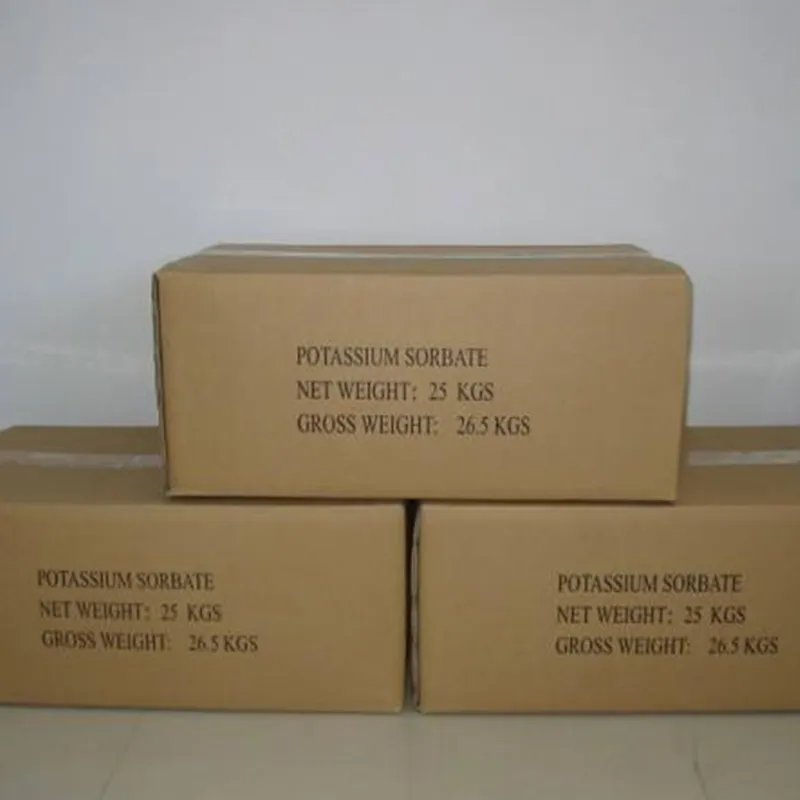
Exploring the Roles and Benefits of Food Additives in Modern Cuisine
The Functions of Food Additives Enhancing Safety, Quality, and Flavor
Food additives play a crucial role in the modern food industry, serving a variety of functions that enhance the safety, quality, and taste of our meals. They are substances added to food products during processing or preparation, and their primary purpose is to improve the overall consumer experience. In this article, we will explore the various functions of food additives, their benefits, and the considerations involved in their use.
Preservation
One of the primary functions of food additives is preservation. Many food products are vulnerable to spoilage caused by bacteria, molds, and yeast. Additives such as preservatives, including sodium benzoate and calcium propionate, help to inhibit the growth of these microorganisms, prolonging the shelf life of food products. This not only helps in reducing food waste but also ensures that consumers have safe, unspoiled products available. Furthermore, preservatives can also prevent the development of off-flavors and maintain the desired quality of the food.
Flavor Enhancement
Flavor is one of the key components of food enjoyment, and food additives contribute significantly to this aspect. Flavor enhancers, such as monosodium glutamate (MSG) and various natural extracts like vanilla or garlic, are used to intensify or complement the food's inherent taste. These additives can make foods more appealing and satisfying, allowing manufacturers to create a diverse array of flavors that cater to different consumer preferences. Additionally, artificial sweeteners, like aspartame and sucralose, allow consumers to enjoy sweet flavors with reduced caloric intake, making them popular choices in a world increasingly concerned about health and wellness.
Color Improvement
The visual appeal of food plays an important role in consumer choice, and color additives enhance this aspect. Colorants, like amaranth and caramel coloring, are used to make food products more attractive. For instance, adding vibrant colors to beverages or snacks can increase their appeal, especially to children. Natural colorants derived from plants, such as beet juice or turmeric, are becoming increasingly popular as consumers seek cleaner labels free from synthetic ingredients.
food additives function

Texture Modification
Food additives can also modify the texture of food products, enhancing mouthfeel and physical stability. Emulsifiers, such as lecithin, help blend oil and water-based ingredients, resulting in a smooth and creamy texture in products like mayonnaise and dressings. Stabilizers and thickeners, including xanthan gum and guar gum, improve viscosity and prevent separation in products like sauces and dairy items. These modifications not only improve the eating experience but can also help in food manufacturing, ensuring consistency in product quality.
Nutritional Enhancement
In addition to their sensory benefits, food additives can also fortify food with essential nutrients. For example, vitamins and minerals are often added to foods, such as breakfast cereals and milk, to help combat nutritional deficiencies in the population. This practice, known as fortification, enhances the nutritional profile of widely consumed products and plays a vital role in public health initiatives. Moreover, dietary supplements can be added to foods, allowing consumers to boost their intake of specific nutrients conveniently.
Regulatory Considerations
While the benefits of food additives are clear, their usage does not come without scrutiny. Regulatory agencies, such as the U.S. Food and Drug Administration (FDA) and the European Food Safety Authority (EFSA), are responsible for ensuring the safety and efficacy of food additives. These organizations evaluate the potential health risks and benefits before approving any substance for use in food products. Manufacturers are required to comply with strict guidelines that dictate the types and amounts of additives that can be utilized, ensuring that consumer safety is prioritized.
Conclusion
Food additives serve multiple essential functions in enhancing the safety, quality, flavor, and nutritional value of the food we consume. From preservation to flavor enhancement and texture modification, these substances improve our culinary experiences and help meet the demands of modern lifestyles. However, it is crucial to continue monitoring and regulating their use to ensure consumer safety. As the food industry evolves, the role of food additives will undoubtedly remain significant, with ongoing research and innovation leading to new and improved solutions in food processing and product development. Understanding the functions and benefits of food additives can empower consumers to make informed choices about the foods they eat.
-
Pure Sodium Dichloroisocyanurate Dihydrate | Powerful DisinfectantNewsAug.29,2025
-
Industrial Chemicals: Quality & Purity for Every IndustryNewsAug.28,2025
-
Nitrile Rubber Honoring Strict Production StandardsNewsAug.22,2025
-
Aspartame Ingredients Honoring Food Safety ValuesNewsAug.22,2025
-
Fertilizer for Balanced Plant NutritionNewsAug.22,2025
-
Cyanide Gold Processing with High Purity AdditivesNewsAug.22,2025
-
Formic Acid in Textile Dyeing ApplicationsNewsAug.22,2025
Hebei Tenger Chemical Technology Co., Ltd. focuses on the chemical industry and is committed to the export service of chemical raw materials.
-

view more DiethanolisopropanolamineIn the ever-growing field of chemical solutions, diethanolisopropanolamine (DEIPA) stands out as a versatile and important compound. Due to its unique chemical structure and properties, DEIPA is of interest to various industries including construction, personal care, and agriculture. -

view more TriisopropanolamineTriisopropanolamine (TIPA) alkanol amine substance, is a kind of alcohol amine compound with amino and alcohol hydroxyl, and because of its molecules contains both amino and hydroxyl. -

view more Tetramethyl Thiuram DisulfideTetramethyl thiuram disulfide, also known as TMTD, is a white to light-yellow powder with a distinct sulfur-like odor. It is soluble in organic solvents such as benzene, acetone, and ethyl acetate, making it highly versatile for use in different formulations. TMTD is known for its excellent vulcanization acceleration properties, which makes it a key ingredient in the production of rubber products. Additionally, it acts as an effective fungicide and bactericide, making it valuable in agricultural applications. Its high purity and stability ensure consistent performance, making it a preferred choice for manufacturers across various industries.





